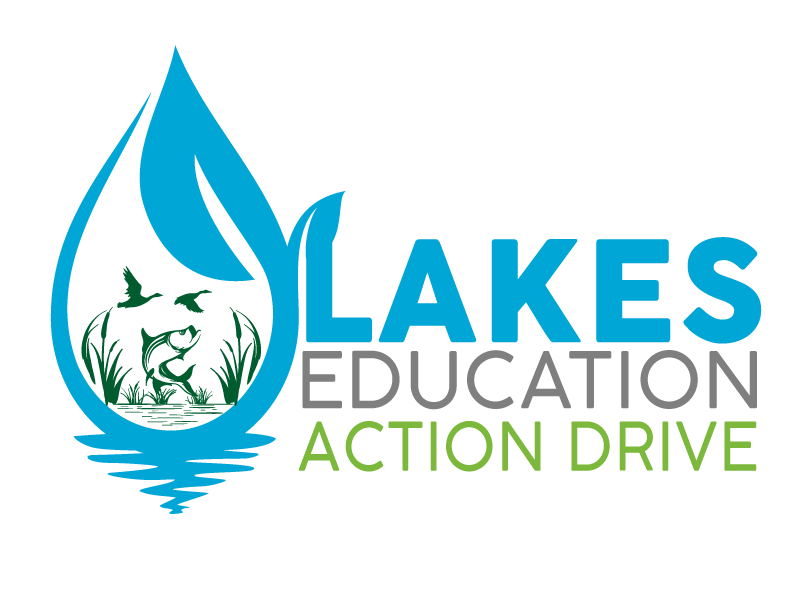Total Maximum Daily Loads
Click here for more information on Polk County TMDLs – coming soon!
TMDL Information in Polk County
As you drive around our beautiful county take a close look at our lakes. Notice how beautiful they look as the sun reflects off the water, as the ducks and swans swim across the lake, and the variety of aquatic plants that decorate the shores. Lake managers are hard at work keeping our lakes beautiful and healthy, but there are a lot of things the public does not see or understand that goes into keeping our lakes beautiful. In 1999, the Florida Legislature adopted the Florida Watershed Restoration Act, which authorized the Florida Department of Environmental Protection (FDEP) to use the Impaired Water Rule (IWR) to assess water bodies and to use Total Maximum Daily Load (TMDLs) to address impaired waters.
What do you mean by Impaired Waters?
The Clean Water Act, Section 303, establishes the Water Quality Standards and the Total Maximum Daily Load (TMDL) programs. The Clean Water Act requires states to identify waters not meeting water quality standards and to develop plans for cleaning them up. The framework for these plans is the TMDL program. A TMDL is essentially a prescription designed to restore the health of the polluted body of water by indicating the amount of pollutants that may be present in the water and still meet water quality standards.
TMDLs – What is a TMDL and why is it required?
A TMDL or Total Maximum Daily Load is a calculation of the maximum amount of a pollutant that a waterbody can receive and still meet water quality standards, and an allocation of that amount to the pollutant’s sources. Total Maximum Daily Loads are determined by modeling a waterbody and it’s watershed to identify sources and quantities of pollutants.
Water quality standards are set by the State. They identify the uses for each waterbody, for example, drinking water supply, contact recreation (swimming), and aquatic life support (fishing), and the scientific criteria to support that use.
A TMDL is the sum of the allowable loads of a single pollutant from all contributing point and nonpoint sources (non point source pollution is created by the flushing of pollutants from the land by rainfall and the resulting stormwater runoff, or by the leaching of pollutants through the soils into the ground water; point source pollution is an identifiable and confined discharge point for one or more water pollutants, such as a pipe, channel or ditch). The calculation must include a margin of safety to ensure that the waterbody can be used for the purposes the State has designated. The calculation must also account for seasonal variation in water quality.
Under Section 303(d) of the Clean Water Act, every two years each state must identify water bodies that do not meet water quality standards. These water bodies are “water quality-limited” estuaries, lakes, and streams that fall short of surface water quality standards and that are not expected to improve within the subsequent two years. Florida’s water quality standards are designed to ensure that our waters can be used for their designated purposes, such as swimming, drinking, industrial and agricultural uses, and wildlife habitat. TMDLs establish the maximum amount of a pollutant that a water body can assimilate without causing exceedances of water quality standards. As such, development of TMDLs is an important step toward restoring our waters to their designated uses. According to FDEP, in order to achieve the water quality benefits intended by the Clean Water Act, it is critical that TMDLs, once developed, be implemented as soon as possible.
The Watershed Restoration Act (Chapter 99-223, Laws of Florida), sets forth the process by which the 303(d) list is refined through more detailed water quality assessments. It also establishes the means for adopting TMDLs, allocating pollutant loadings among contributing sources, and implementing pollution reduction strategies.
How is the Florida 303(d) list developed?
The 303(d) list is developed based on the Florida Water Quality Assessment [305(b) report]. Section 305(b) of the Clean Water Act requires states to report biennially to the EPA on their water quality. The 305(b) report describes the existing programs to protect the quality of Florida’s surface waters, ground water, and wetlands. In the 305(b) report, water quality is evaluated using biological data, chemistry data from the federal water quality database (STORET), violations of Florida’s water quality standards, mercury fish consumption advisories, qualitative non-point source assessments, and other information solicited through public workshops. The information in the report is reviewed and water bodies are placed on the 303(d) list of impaired waters based on specific criteria designed to identify the highest priority water bodies in need of restoration based on the best available data.
Why are TMDLs developed?
For the past twenty-five years, point source discharges have been regulated under the Clean Water Act. Over time, it has become clear in many instances that every individual discharge into a water body may meet effluent discharge requirements and yet that water body may still fail to meet the standards defining good water quality. This circumstance has proved true even as the limits on point source discharges have become more and more stringent, especially in Florida. There clearly are other sources of pollution for which existing control measures are simply not adequate. These sources are associated with diffuse runoff and habitat destruction, and originate in both urban and rural areas.
The EPA requires states to set priorities for cleaning up impaired waters by establishing a TMDL for each one. Under the authority of section 303(d) of the CWA, EPA requires that TMDLs be developed where technology-based effluent limitations or other legally required pollution control mechanisms are not stringent enough to protect water quality. Florida has hundreds of impaired water bodies or water body segments that likely will have to be addressed through the development and implementation of TMDLs.
How are TMDLs Established?
As noted, TMDLs are established for waters that fail to meet water quality standards, and characterize how much of each pollutant the water body can assimilate without violating those standards. The Florida Department of Environmental Protection (FDEP) considers future growth and development to the extent possible in establishing a TMDL, and accounts for the pollutant inputs from all sources, including discharges from industrial plants and sewage treatment facilities, runoff from farms, forests and urban areas, and natural sources.
For more information on TMDLs and how our water bodies (Group 3 Basins) are ranked, you can visit the FDEP website here.
OR
Contact FDEP:
Total Maximum Daily Load Program
2600 Blair Stone Road – Mail Station 3555
Tallahassee, FL, 32399-2400
Phone: (850) 245-8449
Background Information on Total Maximum Daily Loads (TMDL) was taken from the Environmental Protection Agency and the Florida Department of Environmental Protection websites.








